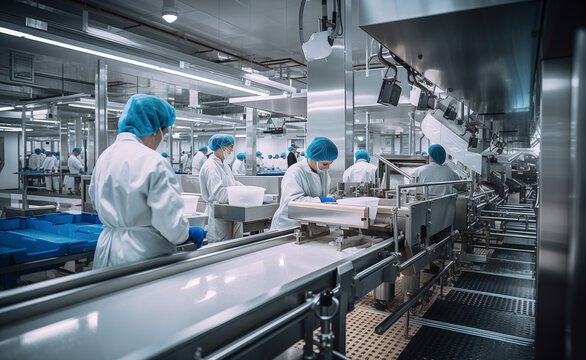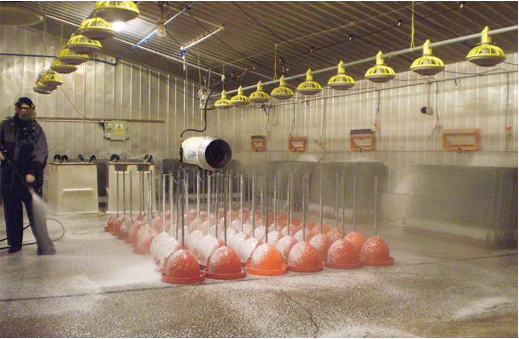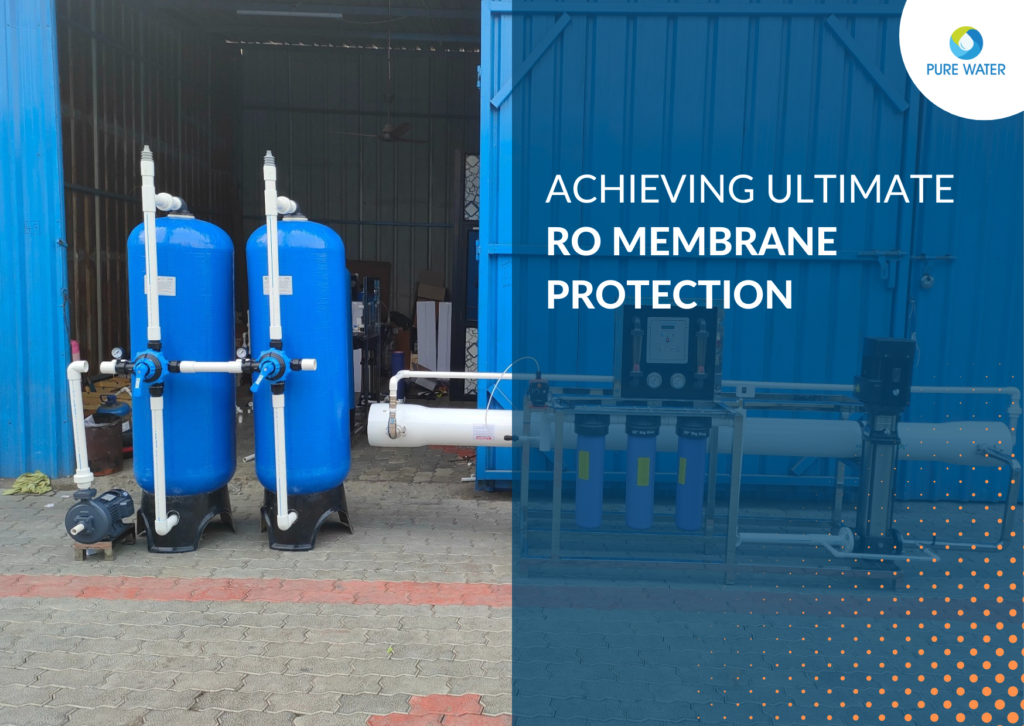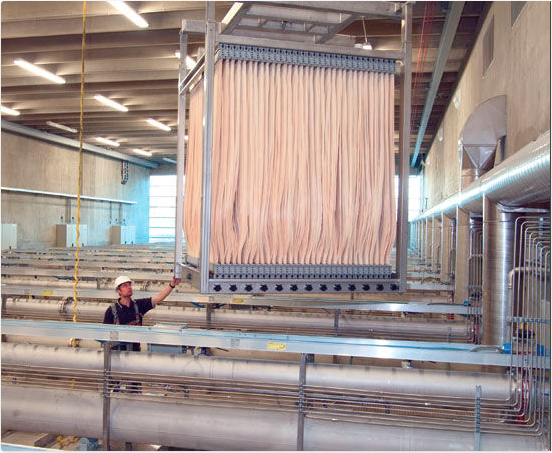
Chlorine Dioxide: Absolute Disinfection in the F&B Industry
In the highly regulated and quality-driven Food & Beverage (F&B) industry, the purity and microbiological integrity of water used in processing, cleaning, and product formulation are paramount. Raw water sources—be they municipal, surface, or groundwater—often contain a spectrum of biological and chemical contaminants.
Without rigorous and absolute disinfection, these contaminants can compromise product safety, result in batch rejections, cause costly recalls, and irreparably damage brand reputation.
The Foundational Role of Water Quality
Water is not just a utility in the F&B industry—it is a core ingredient, a cleaning agent, and a thermal transfer medium. Whether it is used in beverage formulation, bottle rinsing, CIP (Clean-in-Place) processes, or packaging lines, the microbiological and chemical quality of water directly impacts final product integrity.
Raw water sources are often reservoirs of diverse microbiological populations. Surface water and groundwater can harbor Escherichia coli, Pseudomonas aeruginosa, Legionella pneumophila, coliforms, and fungal spores. These organisms are not only pathogenic but can also produce biofilms that are resistant to standard sanitation methods. Contaminated water introduced into processing lines can spread rapidly, infecting product lines and storage vessels, creating a systemic hygiene failure.
The Consequences of Inadequate Disinfection
The presence of pathogens such as E. coli and Pseudomonas spp. in process water or final products is not only a compliance failure but also a public health hazard. Pseudomonas aeruginosa, in particular, is a biofilm-forming organism capable of colonizing process piping, CIP systems, and filling machines, often escaping detection until its population reaches critical mass. Biofilms act as microbial reservoirs, periodically releasing planktonic bacteria into the product stream.
Microbial contamination leads to:
Batch rejections due to out-of-spec microbial counts.
Production downtime for line sanitization and decontamination.
Product recalls, which can cost millions and incur regulatory fines.
Brand damage and consumer distrust.
Cross-contamination risks, especially in multi-product facilities.
These risks underline the importance of an absolute, non-negotiable disinfection strategy.
Chlorine Dioxide: The Superior Biocide
Traditional disinfection strategies using chlorine gas, sodium hypochlorite, or calcium hypochlorite come with significant limitations. These agents, while effective under certain conditions, suffer from drawbacks such as:
- pH sensitivity (efficacy drops significantly at higher pH).
- Reactivity with organic matter to form trihalomethanes (THMs) and haloacetic acids (HAAs)—both carcinogenic disinfection by-products (DBPs).
- Limited penetration into biofilms.
- Residual toxicity or taste issues in final products.
Enter Chlorine Dioxide (ClO₂)—a selective, non-chlorinating oxidant with distinct advantages for the F&B industry.
Key Advantages of Chlorine Dioxide
- Broad-Spectrum Biocidal Action:
ClO₂ is highly effective against bacteria, viruses, protozoa, and fungi, including chlorine-resistant pathogens such as Giardia and Cryptosporidium. It also penetrates and disrupts biofilms—eliminating microbial reservoirs at their source. - Effective Across Wide pH Range:
Unlike chlorine, which loses efficacy above pH 7.5, ClO₂ remains active from pH 4 to 10, making it ideal for diverse water chemistries. - No Harmful By-products:
Chlorine dioxide does not form THMs, HAAs, chloramines, or dioxins. It oxidizes contaminants without incorporating chlorine into organic molecules, thus avoiding the formation of carcinogenic DBPs. - Selective Oxidation:
ClO₂ targets sulfur and nitrogen-containing compounds, allowing it to efficiently neutralize microbial cell walls and intracellular components without reacting non-selectively with inert organic matter—thus requiring lower dosages. - Residue-Free and Non-Toxic:
Properly dosed ClO₂ degrades into innocuous end-products like chlorite and chloride ions. It leaves no off-taste or odor, making it suitable for direct food contact surfaces, process water, and even ingredient water in beverage production. - Rapid Action with Long-lasting Residual:
ClO₂ acts rapidly—providing log reductions of microbial load within minutes—and retains a residual presence in water systems, offering ongoing protection throughout distribution networks and storage tanks.
Implementation Best Practices
To fully realize the benefits of chlorine dioxide, F&B facilities must integrate its use through validated dosing systems, continuous monitoring, and real-time control feedback. Parameters such as oxidation-reduction potential (ORP), residual concentration, and contact time must be optimized to achieve consistent microbial control.
Moreover, ClO₂ generation on-site using stabilized precursors or two-component systems ensures safety, scalability, and compliance with regulatory thresholds such as those from the EPA, FDA, and EU Food Safety Authority.
Conclusion
In an industry where microbial integrity is non-negotiable, absolute disinfection is not a luxury—it is a necessity. Chlorine dioxide offers a technologically advanced, environmentally sound, and operationally efficient disinfection method that outperforms traditional agents across all critical parameters.
By ensuring pathogen-free water at every stage—from raw ingredient intake to final rinse water—chlorine dioxide fortifies the microbial safety net, protects product quality, and safeguards consumer health. For F&B manufacturers looking to elevate their hygiene protocols and operational resilience, adopting chlorine dioxide is not just a smart choice—it’s a strategic imperative.






About The Author: Pure Water
More posts by Pure Water